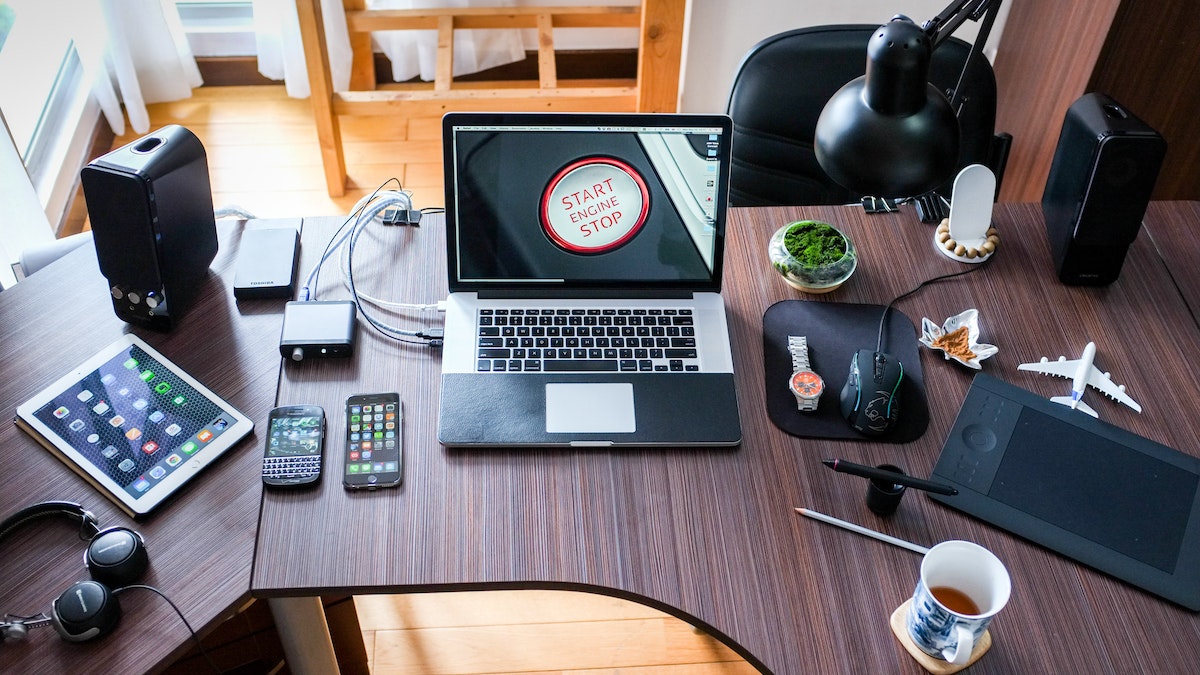A logo is an active visual symbol or picture that a company or brand uses to represent itself. It’s like a special picture that helps people easily recognize and remember the company. Just think of the Nike swoosh or the colorful Google letters – those are logos. Logos are a bit like a visual signature for a business, and they’re often seen on things like signs, products, and websites to show who the company is.
Why it is super Important?
You might not give logo design much thought when you’re going to launch a new company, work on a side project, or test a notion. And that makes sense given all the other things you need to determine, such as the name of your new company, its operations, when you’ll have the time to execute it, etc. A logo will probably become necessary as you get closer to launching, especially if you’re creating a website or business cards. You could be asking yourself, “Can I put it off a little longer?” despite this. What exactly is a logo’s significance?
Your Logo, your Identity
According to renowned designer Paul Rand, “A logo doesn’t sell (directly), it identifies.”
Reiterating what we said before, a logo’s primary function is to provide your company (or organization, group, team, etc.) with a sense of identity.
Consider how most individuals will engage with your business when they do so for the first time. It’s challenging to establish a good first impression with just words, whether it’s through your website, a social media channel, a business card, or a booth at a conference.
You can boost your company’s name (and overall brand) and provide your target market a visual by giving your firm a mark that works in both big and small areas. You are saying “hi” without being intrusive or annoying.
This does not mean that your logo must clearly state what you do or offer; for instance, if you run a financial firm, your logo doesn’t necessarily need to have money signs or piggy banks.
However, utilizing visual clues like colors, fonts, symbols, shapes, and phrases, your logo must convey your brand’s characteristics (and personality!). And it needs to do so in a way that’s easy to understand, adaptable to many media, and uncomplicated.
It increases brand loyalty.
How many times have you forgotten the name of something but can describe what it looks like? In a world where people interact with hundreds of brands every day, you have milliseconds to grab someone’s attention and stand out. A distinctive logo makes your brand (and your business) more memorable because humans are programmed to identify images and use them to derive meaning and stories. According to Optimal Targeting, our brains process images 60,000 times faster than text, and people remember 80% of images (compared to 20% text and 10% audio).
You can see this visual reminder in action when you look at the results of this experiment, in which 156 people were asked to draw ten iconic logos from memory, including Ikea and Burger King. While results varied widely, most did a good job of capturing certain aspects of these logos, especially brand colors.
When designing your logo or custom branded merchandise, think about who might see it on signs, social media ads, event posters, or laptop stickers, then think about how you want it to look.
It promotes professionalism and fosters confidence.
When you start a new business, it can be difficult to convince others, whether customers, suppliers, or investors, to trust you. That’s why it’s so helpful to follow the classic advice: “dress for the job you want.”
Before someone tries your product or service, they will evaluate its appearance. Think about whether you landed on a poor website or received a dated-looking business card. That doesn’t inspire confidence, does it? You probably won’t rush out to buy something or contact someone for more information. On the other hand, a strong brand can make people who know nothing about your business begin to trust and become interested in what you have to offer. It can also help build loyalty over time as your business grows and gains fans: just think about your favorite coffee shop logo and how you feel when you see it on social media. someone’s cup.
The founder feels more confident as a result.
Starting a business or a large project is difficult. As mentioned above, it can be difficult to convince someone to take a chance on you, especially when you’re not always 100% sure you have what it takes. With so many obstacles to overcome when starting a business, it can be difficult to be confident in what you are doing. There are so many unknowns! There is so much to learn! Even if it seems superficial, a logo can still be useful. This makes what you’re doing (or trying to do) more tangible and gives you something to build on.
According to expert logo promotional products designers, When you email a supplier, send a proposal to a customer, or launch a crowdfunding campaign, your logo subconsciously sends the message: “I invested my time and energy in this project. Right. It happened! This may seem like an exaggeration, but if you believe in the impact of clothing on cognitive processes, then printing your logo on a shirt and wearing it whenever you need it will give you a confidence boost. can also be useful.
It acts as the basis for your visual brand.
After designing your logo, you can confidently move on to other visual branding decisions because you’ve chosen some key colors and fonts.
When you purchase an icon, you typically receive a set of branding guidelines that explain what your icon is and how it can be used across different applications. This codified set of guidelines helps you build visual consistency (and brand recall) as you grow your business and hire others to create content for you.



